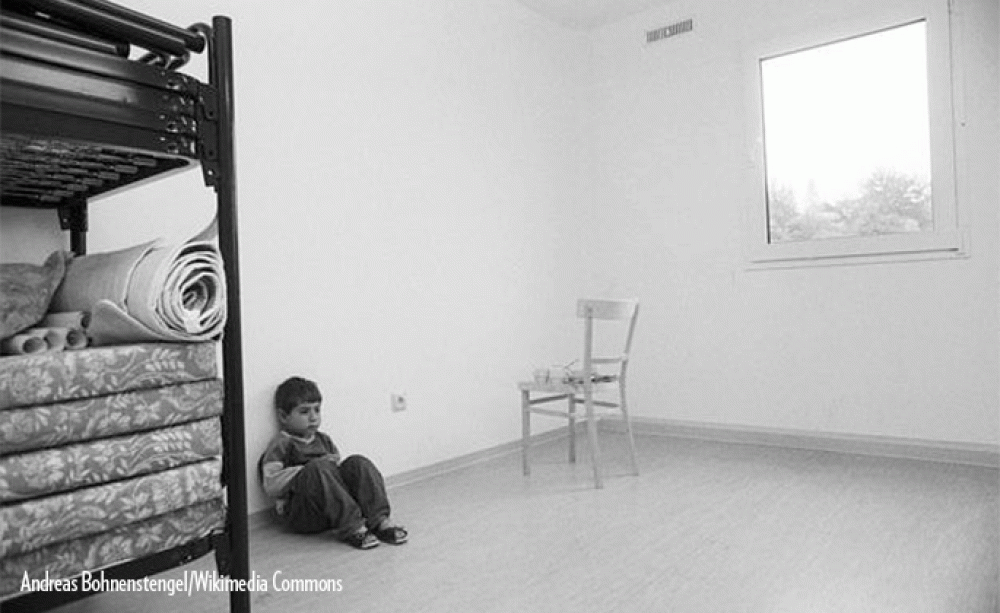Persecution, Concealment and the Limits of a Human Rights Approach in (European) Asylum Law

In the case of Germany v Y and Z, the Court of Justice of the European Union (CJEU) dealt, for the first time, with the meaning of the term “persecution” in the EU Qualification Directive (QD). German judicial practice that led to the CJEU decision had differentiated between the core and the fringe of the right to freedom of religion in order to circumscribe the scope of “persecution.”
Restrictions on the exercise of religion were not part of that “core.” German courts therefore rejected asylum applications when the alleged risk was a restriction on the free exercise of religion in public. Against this background of German practice and the CJEU’s judgment, this article discusses how to determine the protective ambit of the Qualification Directive in the context of freedom of religion. It argues that the CJEU did not solve the problems that the QD entails regarding the human rights approach to defining the harm required for the notion of “being persecuted.”
The CJEU pushed these problems aside by relying on the narrowest conceivable definition, based on jurisprudence of the European Court of Human Rights. Its position on the causal nexus in the 1951 Convention and its stance on the human rights approach remain vague. Lacking strong dogmatic basis, the judgment lags behind legitimate expectations of the only supranational court in asylum matters.
To read the full article (which requires login), please visit the International Journal of Refugee Law online ↪ .







